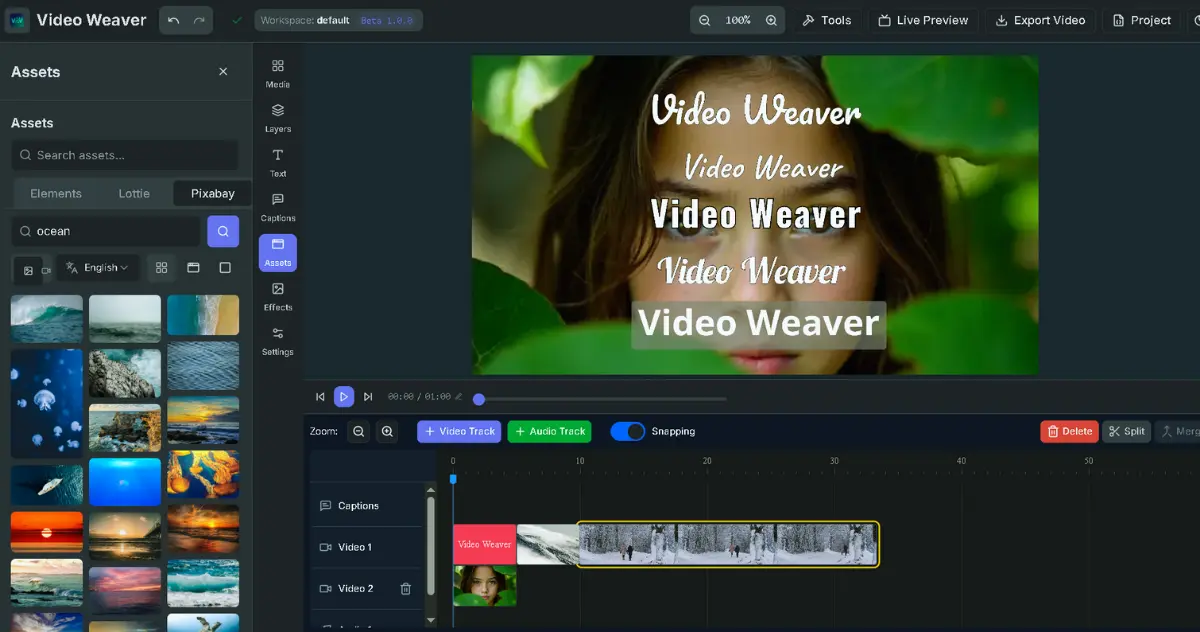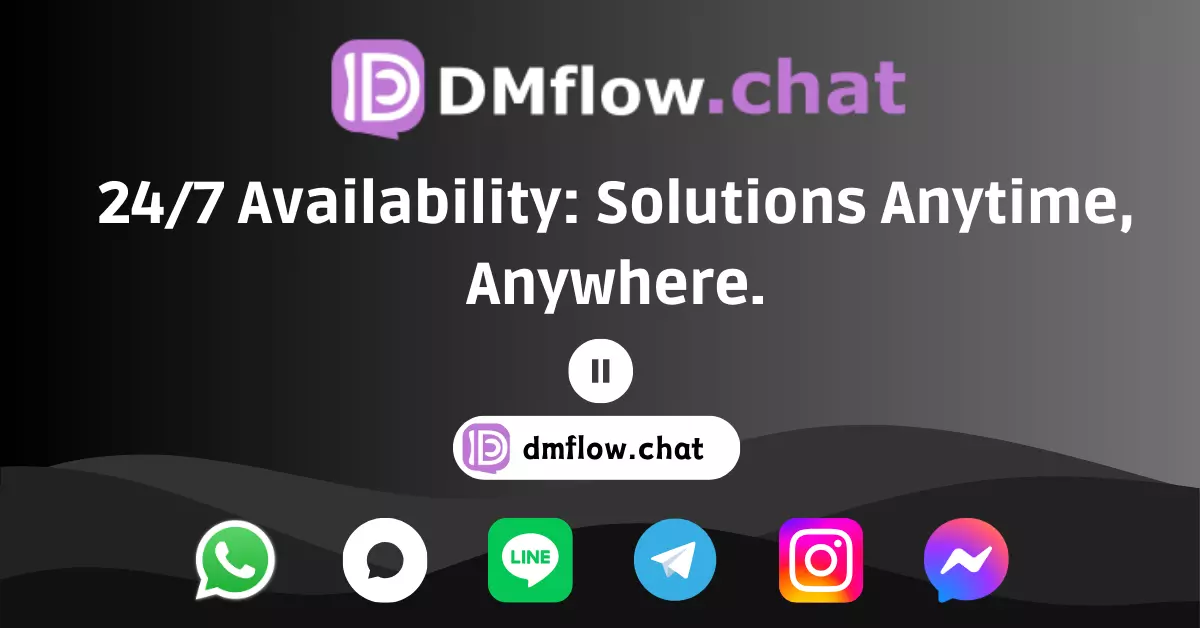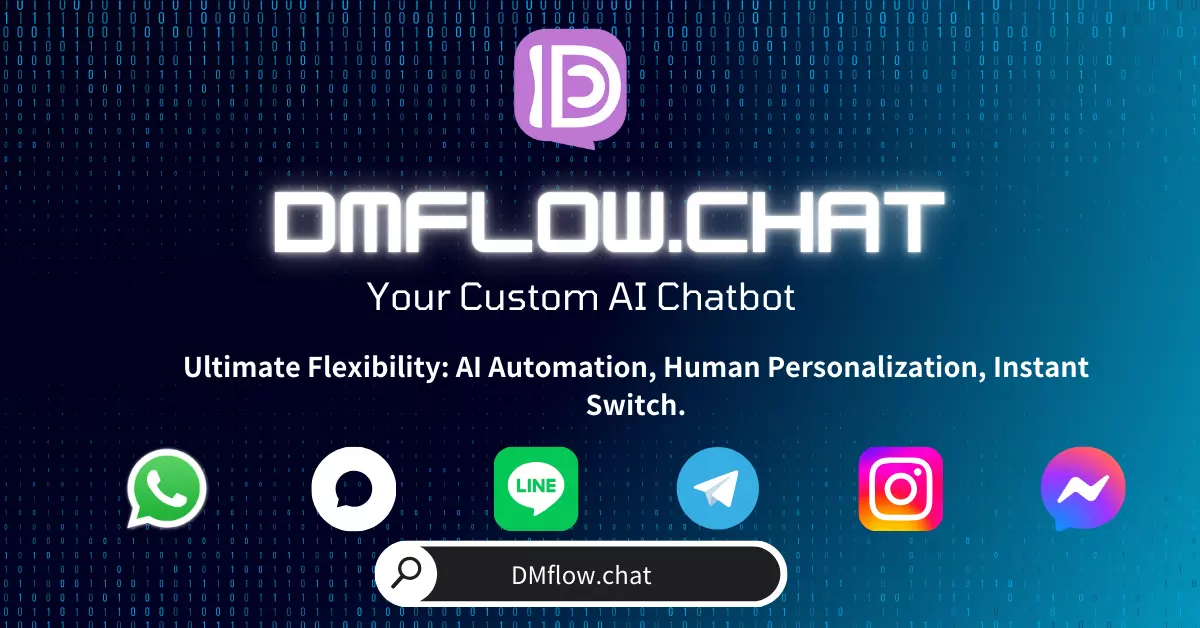Botpress 2025 Ultimate Guide: Not Just a Chatbot, But Your Dedicated AI Agent (What is Botpress)
Forget everything you thought you knew about AI Agents last year! In 2025, Botpress is no longer just a “development platform”; it has transformed into a mature “AI workforce deployment and management center.” We are no longer talking about a single agent, but a self-coordinating “AI team.” This article will take you deep into Botpress’s breakthrough features, its smarter AI core, new collaboration models, and more refined pricing plans.
1. The Reinvention of Botpress: From a Single Agent to an AI Collaborative Team
Remember when we were amazed that an AI agent could complete tasks independently? Honestly, that’s last year’s story. By 2025, Botpress has elevated the game to a whole new level: “AI Swarms/Teams”.
What does this even mean?
Imagine you are no longer just hiring a competent project manager (a single AI agent), but directly air-dropping a self-managing digital department. This department has specialists for every role: a “Customer Prequalification AI” to screen potential clients, a “Product Technical Q&A AI” to answer tricky specification questions, and a “Meeting Scheduling AI” that silently arranges everyone’s calendars.
The key breakthrough is that these AI agents can communicate with each other, assign tasks, and even proactively seek help from other AI partners when they get stuck, relaying the work to complete a complex goal. This is made possible by more powerful Large Language Model (LLM) routing technology and state management mechanisms, making seamless AI collaboration a reality. This isn’t an upgrade; it’s an organizational restructuring.
2. Core Highlights of 2025: What Makes Botpress Redefine the Market Again?
Last year’s highlight features have now become industry standard. So, what aces has Botpress pulled out in 2025?
- Multi-Agent Collaboration: With the new “Agent Router” feature, you can plan complex AI workflows just like designing a company organization chart. Let the analysis results of one AI directly become the action instructions for the next AI, achieving truly automated task handoffs.
- Proactive Engagement Engine: The AI is no longer just a passive customer service agent. Now, you can set triggers to make the AI “observant.” For example, when it detects a user has been on the pricing page for over a minute, the AI will proactively pop up and ask, “Hello, are you comparing plans? Perhaps I can explain the details of the different plans for you?” This transforms the AI from a customer service representative into your super salesperson.
- Multimodal Knowledge Base: The knowledge base no longer only recognizes text. Now, it can directly “understand” images and tables. You can directly upload a PDF market report with complex charts or a product structure diagram, and when a user asks a question, the AI can directly extract information from these visual contents to answer.
- AI-Powered Analytics: Reports are no longer just a bunch of cold numbers. The new dashboard will proactively provide insights, like a data analyst telling you, “Attention, most users abandoned the checkout process at the third step this week,” or “The number of inquiries about the ‘return policy’ has increased abnormally recently,” helping you focus your efforts where they matter most.
3. The Evolution of the Intelligent Core: Autonomous Workflows and Multimodal Knowledge
If last year’s “AI Tasks” were powerful, this year’s “Autonomous Workflows” are downright intimidating.
You just need to give it a final goal, for example: “Help me screen all high-value potential customers from Europe who are interested in our enterprise plan, and book a product demo meeting with the sales director for them next week.”
Then, the AI will take care of everything:
- Dynamic Tool Selection: It will independently determine whether it should check the CRM system, call the Google Calendar API, or search the knowledge base for success stories.
- Learns to Self-Correct: If an API call fails or times out, it won’t just get stuck. It will try a backup plan or directly notify the relevant developers in Slack and tell them, “I just ran into a problem here.”
- Leverages Multimodal Knowledge: When a user uploads a screenshot of a competitor’s specifications and asks, “Does your Model A have a better screen refresh rate than this?” the AI can directly read the table data in the image and find the corresponding information from its own PDF specification sheet to make a comparison and answer.
Of course, all of this depends on the support of top-tier LLMs. In addition to the well-known GPT-4o, Claude 3.5 Sonnet, and Gemini 1.5 Pro, Botpress has also specifically optimized its integration with open-source models like Llama 3, giving businesses greater flexibility in pursuing ultimate performance and controlling costs.
4. The Revolution of the Flow Editor: From Assisted Generation to Proactive Suggestions
Botpress’s visual flow editor is still intuitive and easy to use, but the role of AI in it has transformed from an obedient “assistant” to a “partner” with ideas.
- Proactive Workflow Suggestions: When you drag out a new conversation node, the AI will proactively pop up suggestions based on the context, telling you what you might need to do next. For example, after you create a node to “ask for the user’s email,” the AI will automatically suggest, “Do you want to add steps to ‘validate the email format’ and ‘save the email to HubSpot’?”
- Edit with Your Voice: You can not only generate a small piece of code with natural language, but now you can even select a part of a completed flow and modify it with text as if you were giving instructions to a colleague: “Make the tone of the questions in this section more friendly and conversational,” and the AI will automatically rewrite the text content in all relevant nodes for you.
5. A New Dimension of Interaction: Proactive Engagement and Long-term Memory
If the previous features mainly excited developers, this part of the upgrade will directly amaze your users.
- Proactive Engagement, as we mentioned earlier, transforms the AI from a Q&A machine into a partner that can create business opportunities.
- Long-term Memory, on the other hand, fills interactions with a human touch. The agent can now remember the conversation history of specific users across different times. It will remember the user’s preferences, where they left off last time, and even the tone of voice they like to use. When the user visits the website again a few days later, the AI can warmly say, “Hello, Mr. Wang, welcome back! You were very interested in our Plan A last time. Have you made a decision? Are there any new questions you’d like to know about today?” This is a truly personalized experience.
6. Connecting to the Real World: Live Databases and Enterprise-Grade Integrations
For an AI to work autonomously, it must have access to real-time information from the real world.
- Live Database Connectors: This is a huge breakthrough. In addition to traditional API connections, you can now directly and securely connect Botpress to your SQL or NoSQL database. This means your AI can use natural language queries to get the latest inventory counts, order statuses, or user data in real time, without waiting for developers to write a new API for each query.
- Enterprise-Grade Integration Marketplace: The integration solutions provided by the official team and the community have become more in-depth. You can now find deep integration packages with large enterprise systems like Salesforce, SAP, and Workday, all with more granular permission controls and audit logs to meet the strict security requirements of large enterprises.
7. Latest Pricing Plans for 2025 (Updated July 22)
In response to the huge evolution of its features, Botpress has also adjusted its pricing structure to better meet the real needs of teams of different sizes. The core of all paid plans is “AI spend,” which means you are billed based on the LLM computing resources you actually use—pay as you go.
Pay-As-You-Go
- Cost: $0/month + AI spend
- Suitable for: Individual developers, learners, or proof-of-concept projects in their early stages.
- Core Features: A complete visual building tool, free monthly AI credits, and active community support.
Plus Plan
- Cost: $89/month + AI spend (10% off for annual billing)
- Suitable for: Growing teams that need live agent intervention and more immediate technical support.
- Core Features: Includes all the features of the “Pay-As-You-Go” plan, plus Live Agent Handoff and live chat support.
Team Plan
- Cost: $495/month + AI spend (10% off for annual billing)
- Suitable for: Professional teams that require multi-person collaboration and granular permission management.
- Core Features: Includes all the features of the Plus plan, plus Role-Based Access Control (RBAC), real-time collaboration features, and advanced technical support.
Enterprise Plan
- Cost: Typically starts at $2,000/month, requires contacting sales for a custom plan.
- Suitable for: Large organizations with the highest requirements for security, compliance, and scalability.
- Core Features: Includes all the features of the Team plan, plus private cloud/on-premise deployment options, Single Sign-On (SSO), the highest security compliance standards, and a dedicated customer success manager.
8. The Honest Pros and Cons: Is It Really Right for You Now?
Pros:
- Unmatched Autonomy: “AI team collaboration” and “autonomous workflows” allow it to handle a level of business process complexity that has far surpassed other competitors in the market.
- A Qualitative Leap from Passive to Proactive: The “proactive engagement engine” has opened up a whole new battlefield for marketing and sales, which was unimaginable in the past.
- True Intelligence: Multimodal knowledge, long-term memory, and AI analytics make the agent “smarter,” not just more “capable.”
- Ultimate Flexibility and Integration Capabilities: Whether you want to connect to the latest cloud service or the dusty old system in your company, you can basically find a solution.
Cons:
- Complexity is a Double-Edged Sword: The power of the features also means a steeper learning curve. To unleash the full potential of the “AI team,” you need more than just drag-and-drop; you need strategic planning and a certain amount of technical investment.
- Cost Control is a New Challenge: Powerful autonomous workflows can frantically call expensive LLMs in places you can’t see. You need to monitor and manage the AI’s resource usage more granularly to avoid a bill shock.
- High Demands on Data Governance: When you hand over the keys to your live database to the AI or enable the long-term memory feature, you must be fully confident in your own data security and privacy policies.
9. Botpress FAQ - 2025 Edition
Q1: I just learned how to use Botpress last year. What’s the biggest difference now? A: The biggest difference is the shift in thinking. Before, it was “single-player mode,” where you thought about how to get one AI to do one thing. Now, it’s “team collaboration,” where you have to think about how to get a group of AIs to work together to achieve a larger goal. Secondly, the AI has started to become “proactive,” taking the initiative instead of just passively waiting for instructions.
Q2: I’m not an engineer. Can I still use the Live Database Connector? A: Yes, that’s the magic of it. You can tell the AI what you want to query in plain language (e.g., “Find all orders over $5000 in the last 7 days”), and the AI will automatically generate the SQL query. However, it is still recommended to have a technical person assist with the initial database connection and security setup.
Q3: “AI team collaboration” sounds complicated. Is it useful for a small company like ours? A: Absolutely, and you can start with simple collaborations. For example, create a “pre-sales consultation AI” and a “post-sales customer service AI.” When the system detects that a user’s question has shifted from a purchase inquiry to a usage problem, it can automatically transfer the conversation from the former to the latter, along with a complete conversation summary. This can immediately improve the professionalism and efficiency of your service.
Q4: Will Botpress make our live agents unemployed? A: No, but it will completely change their job description. It will free live agents from the endless cycle of answering repetitive questions and allow them to focus on situations that truly require empathy, creativity, and complex judgment. The AI becomes their super assistant, not their replacement. The “live agent handoff” feature is still a core part of the platform.




